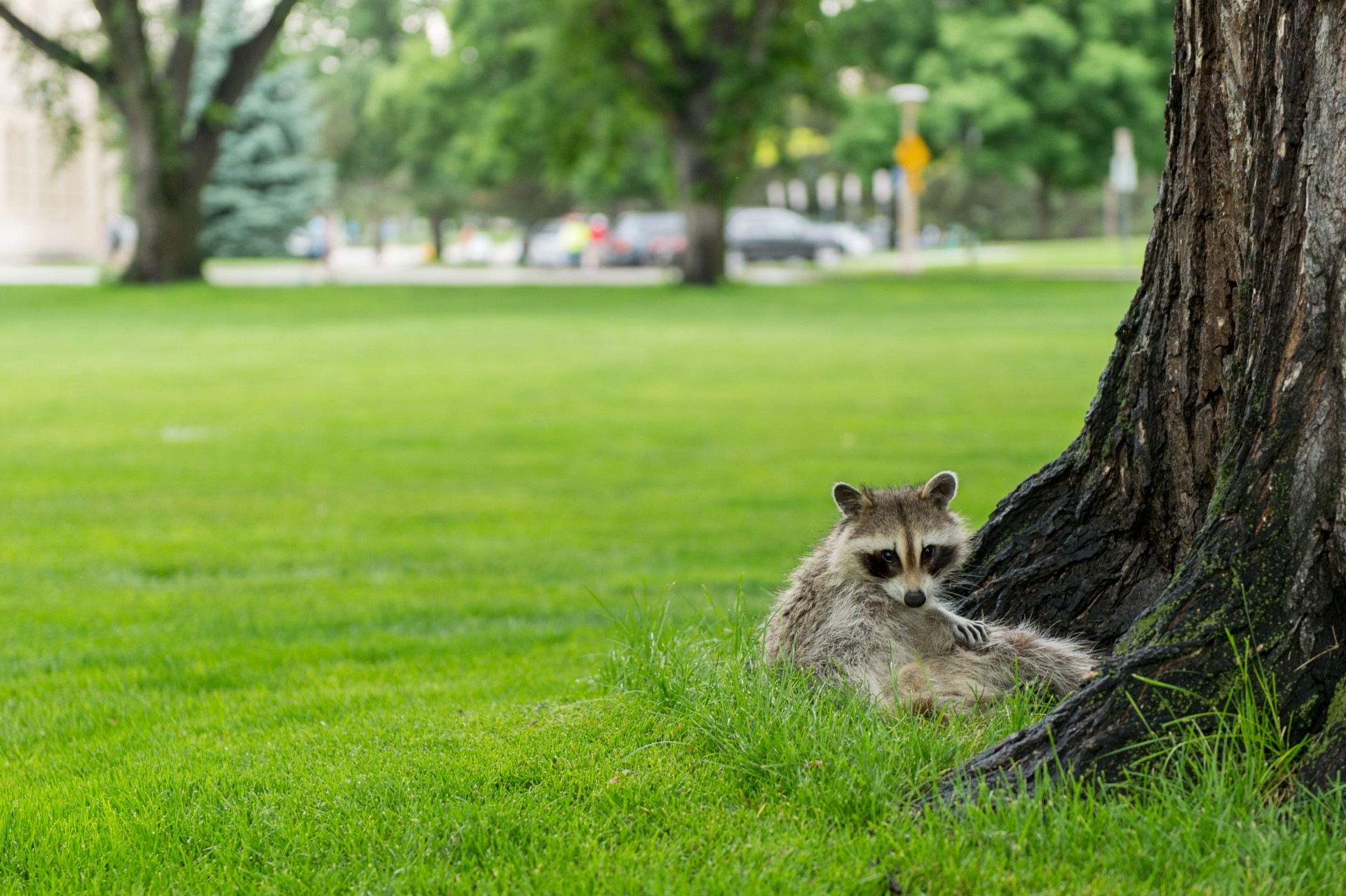
Wildlife and humans can occupy the same spaces in Colorado, and warm summer months increase the chances for human-animal encounters. In natural areas and urban areas – including on CSU’s campuses – the rule is the same: Do not touch or feed wildlife for any reason.
Wildlife should not be harassed, captured, domesticated or fed, according to Colorado State University Extension, noting that most wildlife issues begin with a human ignoring this fundamental rule. This goes for the squirrels on main campus, too.
“Some diseases that are carried by wild animals such as rabies, hantavirus and plague, can be transmitted to people,” CSU Extension states.
Make a call instead
Coming to the aid of an animal that is presumed to be sick or injured may seem like the right thing to do, but these situations can pose particular dangers.
“If you do see an animal that is not acting normally or is out at a time when you would not normally expect to see it, it might have a disease,” advises CSU Extension. “Animals that appear to be sick or injured should not be handled. They might appear to be too sick to fight, but if threatened, they might try to bite.”
If you encounter an animal that needs help, contact the local Colorado Parks and Wildlife office. On campus, you can contact CSU Environmental Health Services.
It is illegal to take animals from the wild, even in urban areas.
Do not feed wildlife
On CSU campuses, feeding wild animals is prohibited.
“When people leave food out, it draws many animals to the same place in unnaturally high numbers,” according to CSU Extension. “This provides a perfect way of spreading disease from domestic animals to wild animals or from wild animals to pets.”